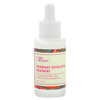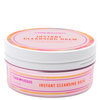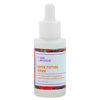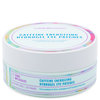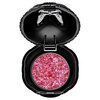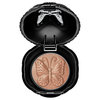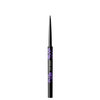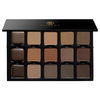
Ever wondered why beauty products have such long lists of ingredients? The Food and Drug Administration (FDA) and the Federal Trade Commission (FTC) have detailed labeling regulations that cosmetic companies must follow. "Ingredient names for cosmetics were a mess in the '70s," recalls cosmetic chemist Norman F. Estrin, Ph.D. "There was no consistency or organization. It was a mix of trade, common, and chemical names." Dr. Estrin and his colleagues established the Nomenclature Committee to develop rules and standardize the names. "The FDA eventually recognized our list as the controlling compendium for ingredient labeling and it became known as the International Cosmetic Ingredient Dictionary and Handbook."
Ingredients on the labels of cosmetics are formatted in decreasing order of predominance, down to 1%. Below this, they can appear in any order—including colorants. These percentages correlate to the amount of a product, not its potency. Water, for example, is a typical solvent for other ingredients, and is often listed first. Here's what you need to know.
1. Companies Generalize Chemical Names
The industry standardizes one name for each chemical, but one chemical can have many derivatives. "Stearic acid has more than 200 versions obtained from both animal fat and vegetable oil," explains cosmetic chemist David C. Steinberg. "Unfortunately, it’s still listed the same way on every label, regardless of its origin."
2. You Can't Always Trust The Supplier
The Nomenclature Committee trusts the ingredient's supplier when the supplier is applying for an official ingredient name. If they doesn't disclose truthful information on their application, the committee still has to take their word.
3. Chemicals Are Impure, Naturally
Approximately 98% of chemicals are naturally-formed mixtures. "These complex formulations aren’t created in the lab," says David. "Mother nature makes them this way.“
4. The FDA Doesn't Regulate
In its history, the FDA has never been aggressive about a mislabeled product. "International regulation is much stricter," notes David. "Companies can get away with a lot in the United States.”
5. Companies Sometimes Don't Follow the Rules
Because the FDA has such a lax policy on labels, many companies take advantage. Brands list water with terms such as “purified water” and “ionized water”, which are both illegal terms. It's also illegal to put vitamins such as tocopherol (more commonly known as vitamin E) on a label without claiming the product is a drug.
6. Remember International Exceptions
When the European Union adopted the FDA's labeling system, standards became even more complex. The European Union assigned Latin words to many products which complicated the system. We now have universal standards, but some countries (such as Canada) still have exceptions.
7."Fragrance" Is Made Up of Multiple Chemicals
When Dr. Estrin developed the ingredients list, he realized it would be impossible to label each chemical component of a fragrance. "The box would be as long as a toilet paper roll!” he says.
8. Geography Affects Formula
Companies understand that different markets have different climates and consumer preferences, so many brands formulate their products by region or country. "The same lotion you love in California might be different from the one you buy in Georgia. Read the label," warns David.
9. Ingredient Quantity Doesn't Matter
A product with a long list of ingredients is just as safe and effective as a product with a shorter list. The combination of ingredients is more important than how many are used.
10. Consumers Need to Research
The cosmetics labeling world is a very complex environment. Consumers are better off evaluating a product’s claims on their own and researching different ingredients. But if a company mislabels its ingredients, ask yourself what else it's violating. When in doubt about a product or ingredient, ask your dermatologist for more info.
You Might Also Like
-
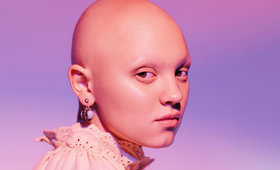
Face Skincare
Best Skincare for Chemo Patients According to Cancer Survivor
- 1
-
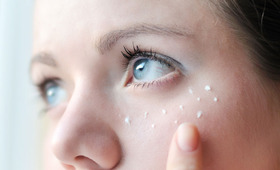
Interviews
What's in Your Eye Cream?
- 126
-

Expert Skin Care Advice
Best Skin Care at Every Age
- 254
-

Expert Skin Care Advice
Oily Skin Myths Solved!
- 1024
-
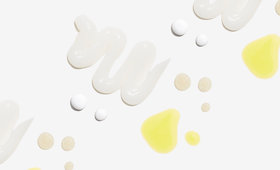
Expert Skin Care Advice
How to Moisturize Properly, According to Science
- 10
-
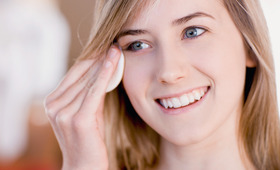
Toners & Mists
Should You Use a Toner?
- 174
-

Skincare
What's Your Skin Doing While You Sleep?
- 282
-

Expert Skin Care Advice
What's That Spot?
- 32



